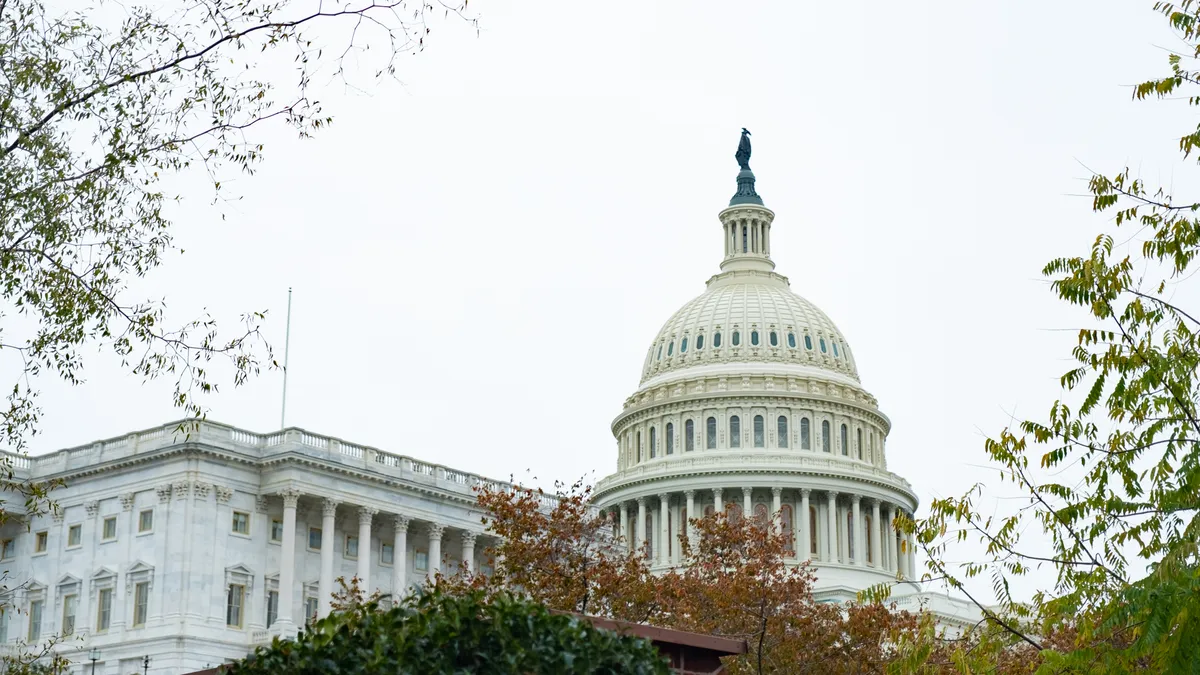After the U.S. Senate worked through the night taking up several amendments to the pandemic relief proposed by President Biden, lawmakers on Saturday passed a $1.9 trillion package along Democratic party lines. The House, which had last week passed a version more closely matched to the president's, is expected to easily approve the Senate's changes early this week.
The bill contains several anti-poverty measures, direct relief of $1,400 per person to 85% of consumers (including four-person households with annual income of $100,000 or less), unemployment support, and investments to expand and speed up the manufacture and distribution of vaccines, according to remarks from the president Saturday.
Several analysts have noted the stimulus effect following the two COVID-19 relief bills passed during the previous administration, which helped spur consumer spending during the summer and early this year. The swift development of vaccines, with their deployment set to speed up, only adds to the momentum already building in retail, with traffic to apparel and luxury retailers improving in recent weeks, according to a client note last week from Morgan Stanley.
"Ensuring that the American people are given the opportunity to quickly and safely get vaccinated against COVID-19 is the most critical component of the legislation passed today by the Senate," National Retail Federation CEO Matthew Shay said in a statement released Saturday following the Senate vote. "The retail industry has been front and center throughout this crisis and remains engaged by providing vaccines to employees and consumers in communities they serve across the country. While this legislation adds to the historic and unprecedented level of fiscal stimulus enacted during the past year, we continue to encourage targeted and temporary fiscal support for those families, small businesses and job creators hardest hit by the pandemic."
The Retail Industry Leaders Association had issued a word of encouragement the previous day, after a better-than-expected jobs report from the federal government. The economy added 379,000 jobs last month, a result that pushed the unemployment rate down to 6.2% from January's 6.3%, according to the Bureau of Labor Statistics. "However, the economy remains down 9.5 million jobs from February 2020 and will require more than two years of job growth at February's pace just to get back to pre-pandemic levels," Cecilia Rouse, chair of the White House Council of Economic Advisers, warned in a blog post.
RILA Senior Vice President, Government Affairs Austen Jensen called the numbers "a positive sign for the economy" and hailed the COVID relief provision that keeps federal unemployment benefits at $300 per week going until September. "Retailers are aiding national vaccination efforts and are committed to safely re-opening the economy, and we will continue to advocate for policies that grow the economy and get all Americans back to work," Jensen said in a statement.
Small businesses have been especially hard hit by the pandemic's restrictions and economic fallout. While the pandemic itself may be on the wane as more people are vaccinated, more small businesses in March are struggling to pay rent, including nearly half of small retailers, according to research from small business platform Alignable.
The bill passed Saturday includes $50 billion in aid to small businesses, according to a statement from Sen. Ben Cardin (D-Maryland).
The twin good news — falling rates of hospitalizations and deaths due to the pandemic plus the government's support to consumers — is providing the kind of economic tailwind that tends to benefit retailers of all sizes and types.
"The improving public health picture and the promise of further fiscal relief has led to an increasingly optimistic outlook for the economy over the next two years," Wells Fargo economists Azhar Iqbal and Hop Mathews said in emailed comments last week, after revising their forecast upward for U.S. real GDP growth this year. They now expect GDP to rise 6.2%, which they said would be the fastest recovery since the late 1950s. Following the Great Recession the GDP took 34 quarters to reach its potential level, after the 2001 recession it took 12 quarters and after the 1990 recession it took 22 quarters, per their note.












